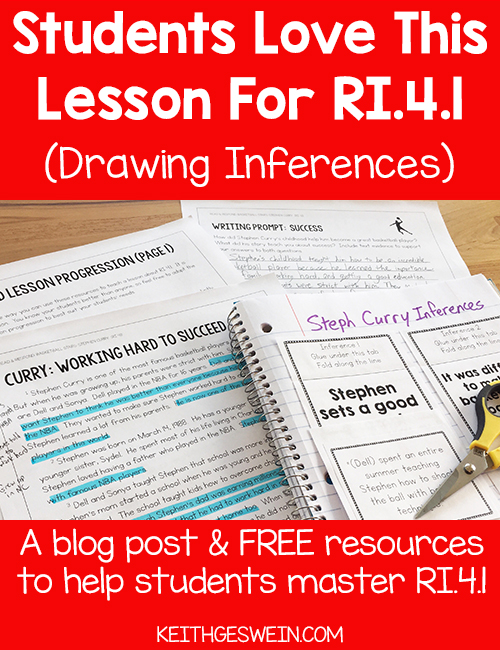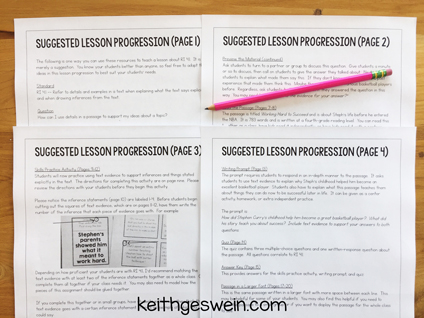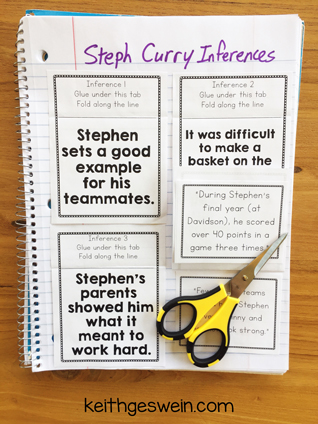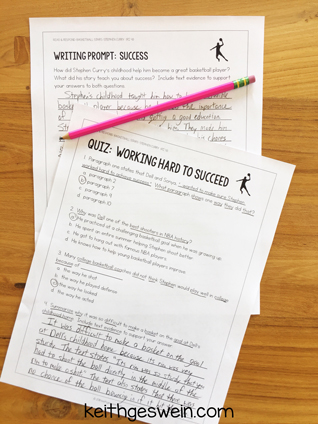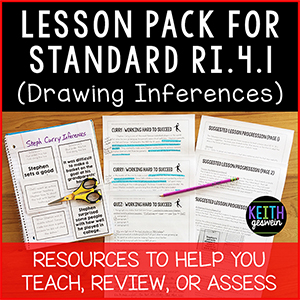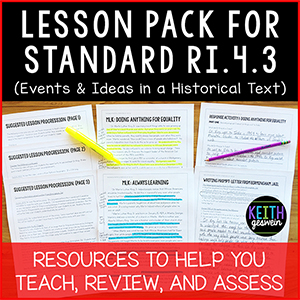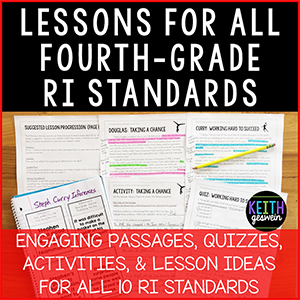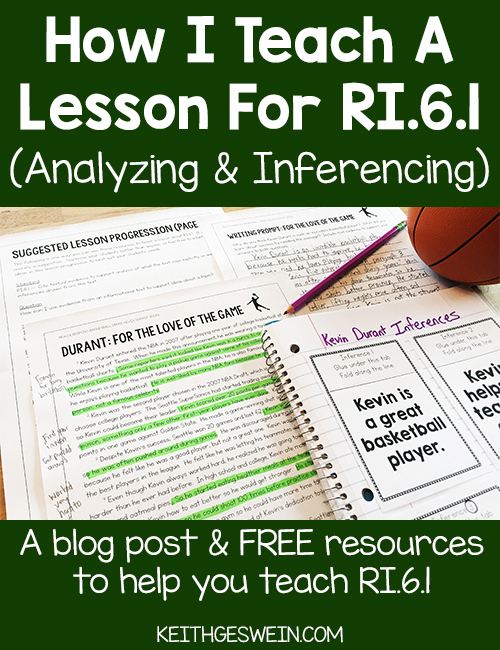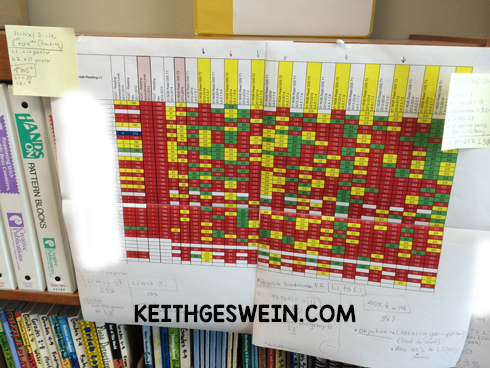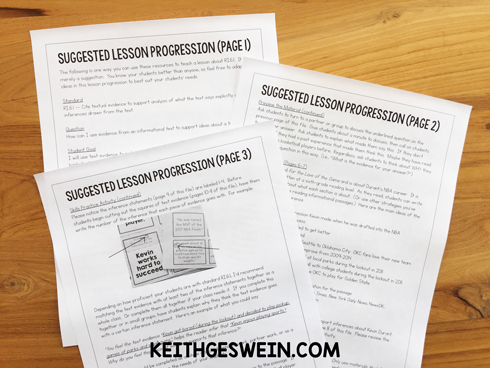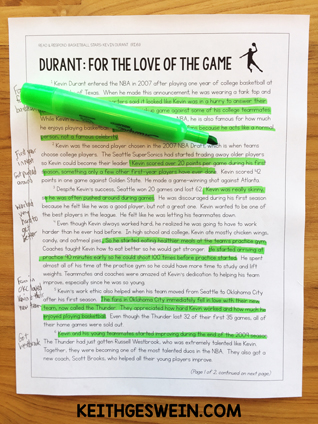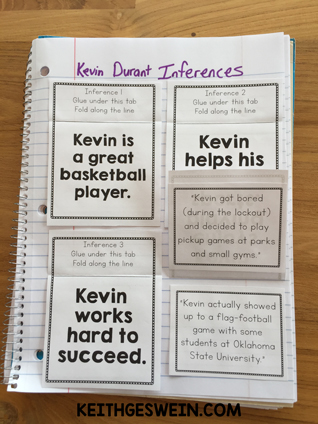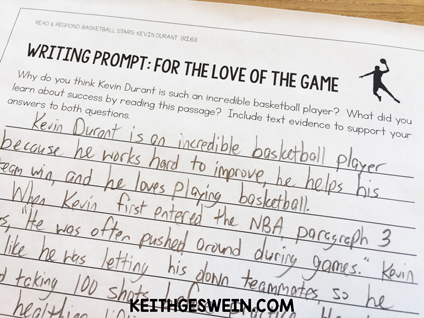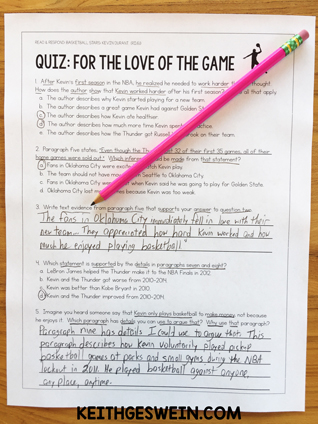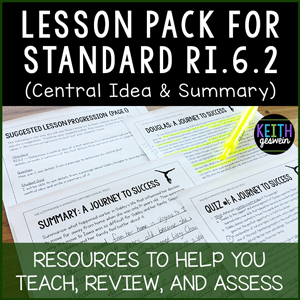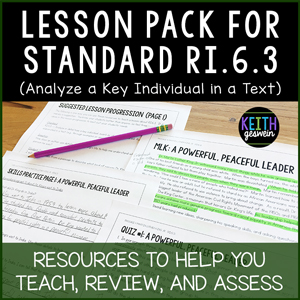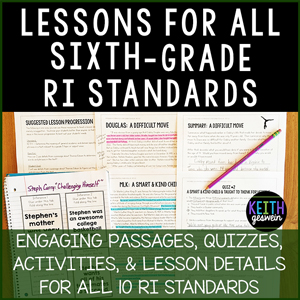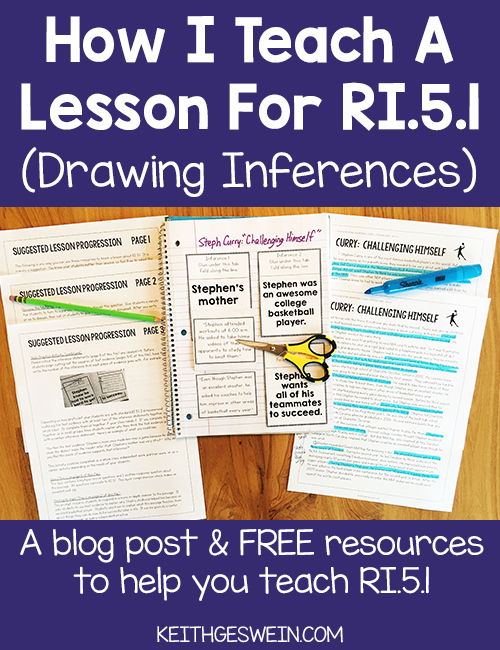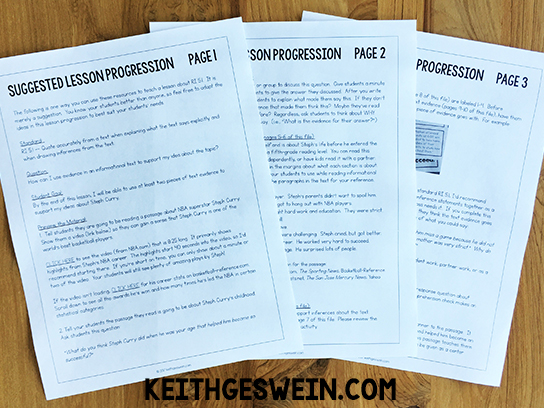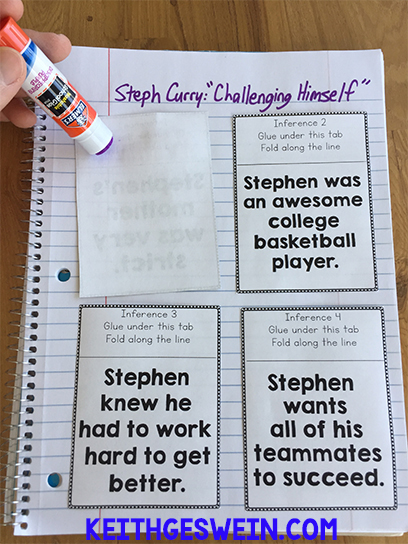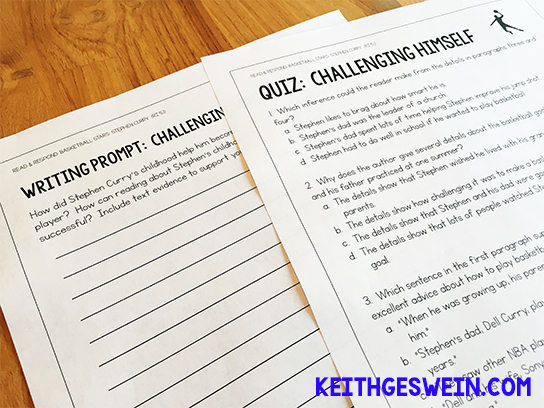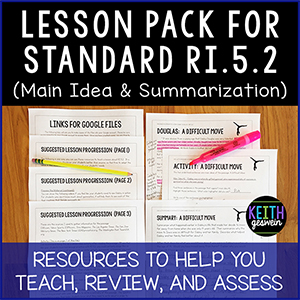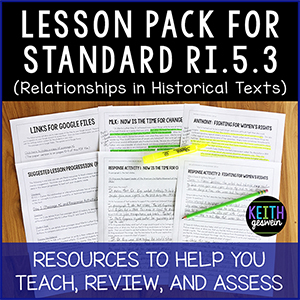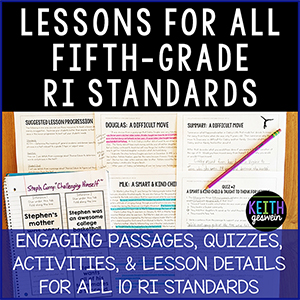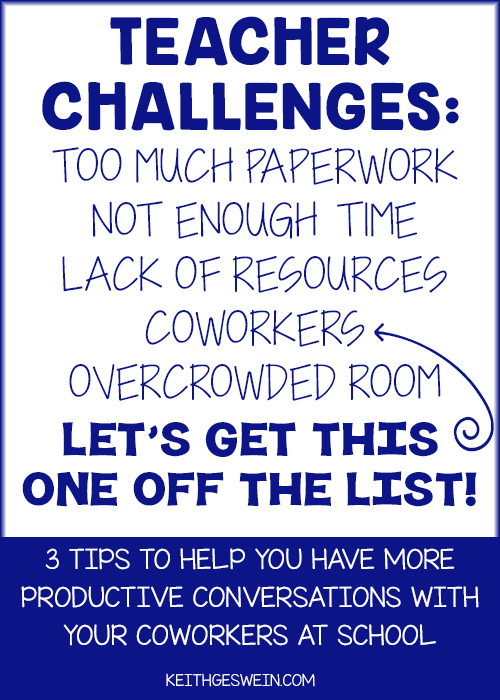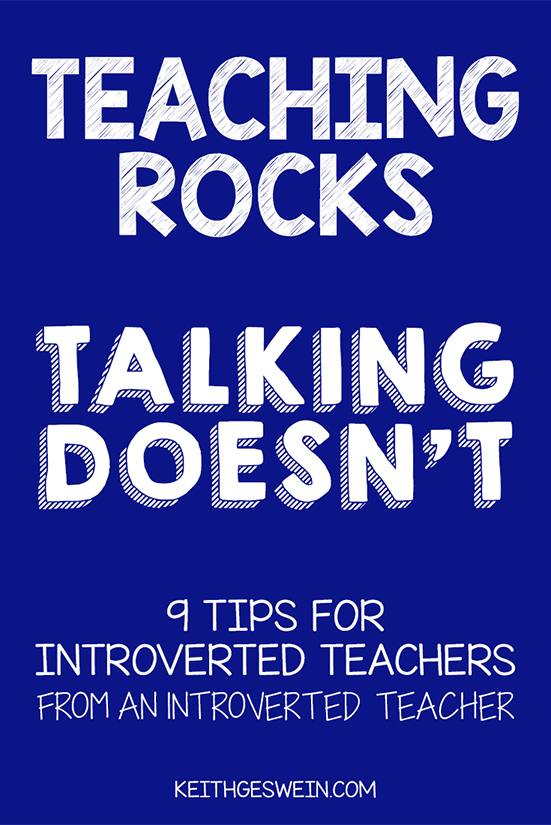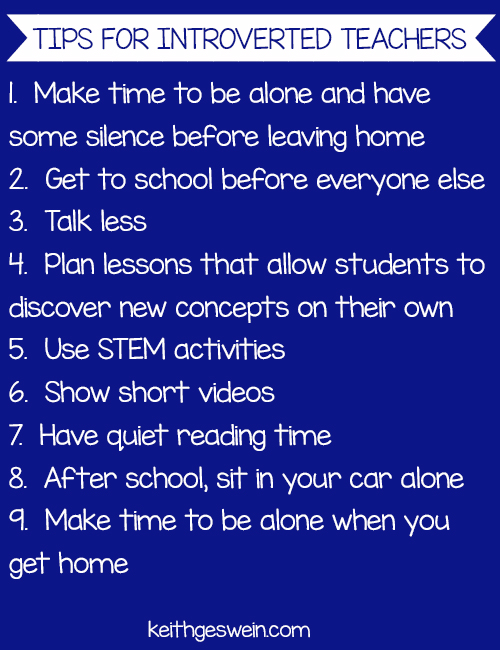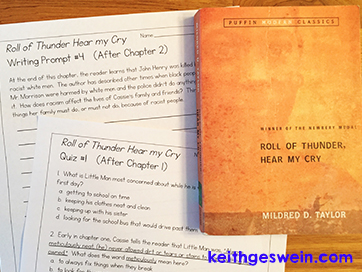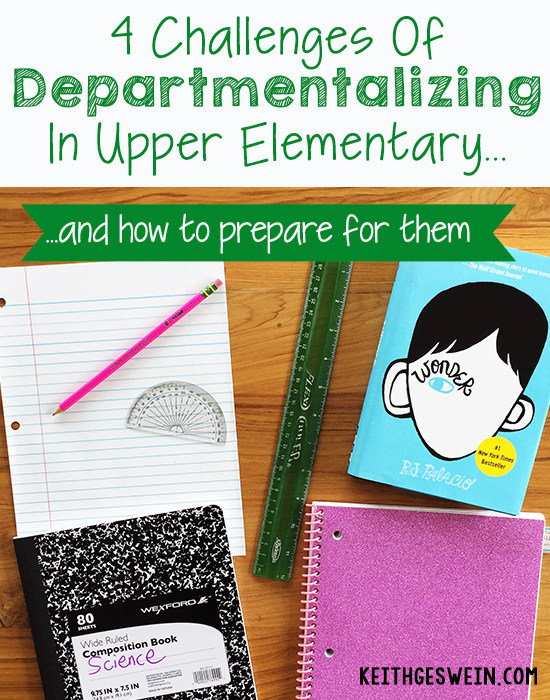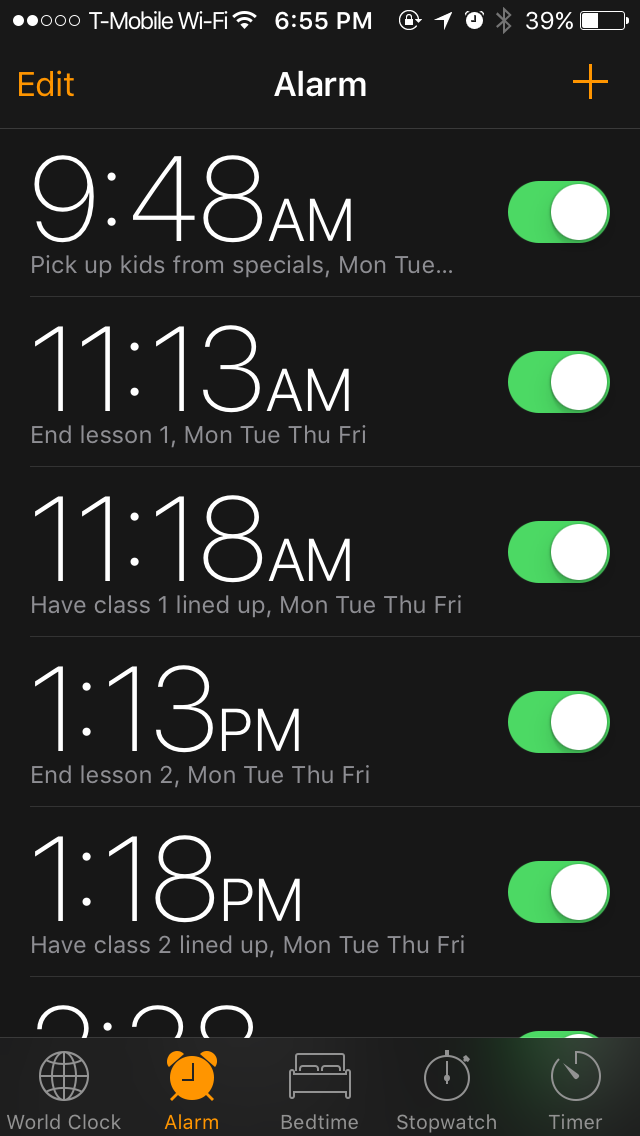
My motivation to teach was at an all-time low after my 11th year of teaching. Few of my lessons were motivating kids to learn. I was mortified when a paraprofessional walked in my room, shook her head, and said, “These kids are not working hard for you.” I felt like I was teaching all of my 5th-grade subjects decently, but the standards and tests were always changing and I couldn’t keep up. I also felt like my kids got restless throughout the day. I tried to get them out of our tiny portable as often as possible, but doing anything outside in Florida’s humidity is not exactly ideal for learning. I tried several things to rekindle my desire to teach, but nothing worked. I felt like I was letting my kids down every day.
Thankfully, during the summer before my 12th year of teaching, someone asked the 5th-grade teachers if we’d be interested in departmentalizing. At first, it sounded like one more thing being added to my never-ending list of things that change each year. Then as I thought about it, I realized it could have major benefits for teachers and students. It would be good for the kids to have a change of atmosphere throughout the day. It would be a great way for me to master teaching one subject. I could get to know half of the 5th graders instead of only a fraction of them. For the first time in a long time, I was excited for the new school year.
We departmentalized for two years and I loved it. Our fifth-grade team had six teachers. Students rotated each day among three of them for ELA/SS, math, and science. I got to teach science! Each class period was 90 minutes. This was at a Title I school in central Florida with a large population of ESL kids.
Here’s how it worked with our team of six teachers:
Teacher 1 taught ELA/SS. Teacher 2 taught math. Teacher 3 taught science. Half of the fifth graders rotated among teachers 1-3 each day.
Teacher 4 taught ELA/SS. Teacher 5 taught Math. Teacher 6 taught science. The other half of the fifth-grade students rotated among teachers 4-6 each day.
This is what our master schedule looked like.
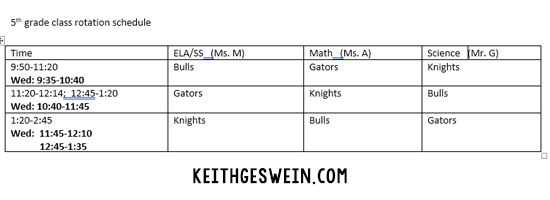
We used the nicknames of the three closest major colleges as names for each of the groups of students we saw. We also had early-release on Wednesday, which is why you see different times for that day.
Teachers who taught the same subjects planned together. Our principal was very nice in allowing us to ONLY attend meetings that pertained to our subject area!!
I’m not saying it was easy. It took a ton of communication, teamwork, and organization. We certainly did not do this perfectly, which I discuss in a separate blog post (the link is at the end). I also think it depends on a school’s teachers and students. I’m sure there are schools where departmentalizing would be a detriment to student learning.
However, in my experience, I feel like my fifth-grade students benefitted tremendously from having three teachers each day. If you’re thinking about departmentalizing, here are five reasons why you should go for it.
Reason #1: Kids have more teachers who know them and care about them
One of the teachers on my team did not want to departmentalize at first. She thought she would not connect as well with her students since she would be seeing them for a shorter amount of time each day. As the year progressed, she realized this was not the case. Instead of getting to know 25 students really well, we got to know 75 students really well. Even though you’re seeing students for less time, you will still build amazing bonds with every student you teach.
Fifth graders act like they are too cool for adults, but in reality, they are still at an age where they crave adult attention. Departmentalizing was great because each student saw more teachers every day. Students knew they were going to see three classroom teachers who cared about them every day instead of just one. I also feel like it reduced the number of behavior problems. Kids knew that if they misbehaved in one class, their other teachers were going to hear about it.
Reason #2: You aren’t alone
When a student is struggling, you have other teachers you can talk to who know the student just as well as you. This was a massive game-changer for me. I realize that not all students feel 100% comfortable talking to me. I realize there are times when they may feel more comfortable talking to a female teacher. So when I saw a student struggling in my class, I could always talk to this student’s other two teachers about how to help him/her. Usually, one of us had an insight as to why this student was struggling. Or one of us had a great idea about how to get that student back on track. It was interesting to see the students who responded to other teachers better than they did for me. I was so thankful they didn’t have to sit in my class all day for 180 days because something the other teachers did really clicked for them. Likewise, some students from other teachers did much better for me than their homeroom teacher.
I’ll always remember one student who loved drawing comics under the answers to his bellwork in my science class. They always involved two characters discussing the bellwork question in a funny way. He drew this every day on his bellwork! When I showed his drawings to his ELA and math teachers, they loved it and encouraged him to do the same in their classes as well. His work below is in response to a bellwork question about characteristics of certain body organs.

Reason #3: Master teaching your subject(s)
I loved teaching three classes of science every day. I felt like I was finally teaching at a level my students deserved because science was the only subject I had to focus on. I got to know the standards and test-item specs extremely well. I found myself looking for science workshops to attend, which was something I never did before departmentalizing.
I was able to help our campus get cool science supplies. I had the time to research a program called Lego WeDo. Those involve kids building things with Legos, then writing computer code to program them to move in certain ways. I was able to do a ton of research on this and persuade my principal to order it for us. I also learned enough about them so when they arrived, I knew how to help the kids use them effectively. There’s no way I could have put in the amount of time necessary if I taught all subjects.
I also enjoyed teaching similar lessons three times each day. In my lesson plans, I included ideas to differentiate the lessons a bit based on the needs of the three groups of kids I saw each day. If a part of a lesson went poorly during my first class, I loved being able to tweak it so the lessons for my final two classes went better. It was challenging during science experiments and STEM activities because I had to organize supplies for 75 students instead of just 25. I definitely had to arrive at school earlier on days when we did experiments with lots of materials. That required way more prep time. But remember, I didn’t have to worry about attending meetings for math or ELA. I didn’t have to come up with materials for reading centers or study the story problems I was teaching in math. I actually had the time to prepare lessons with depth.
Finally, it was powerful for students to compare notes with the other classes. I loved making anchor charts like this after we did experiments because it helped the kids talk through the learning that just occurred.
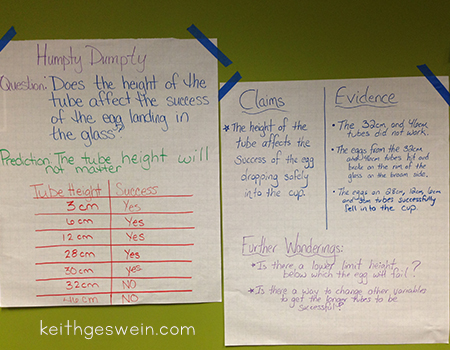
Then when we completed the chart, I sometimes showed charts from the other two classes. We had some amazing discussions about, “Why do you suppose Class A said ______________ while you all said __________________?”
Reason #4: Prepare students for middle school
In our district, fifth grade was the final year of elementary. It’s a big adjustment for kids to go from having one classroom teacher every day in fifth grade to having several each day in sixth grade. Departmentalizing is an outstanding way to help kids feel more comfortable with having more than one classroom teacher each day. It helps kids learn how to keep track of assignments for multiple teachers. We spent a lot of time helping our fifth graders learn how to organize their homework agenda so they could easily keep track of their assignments for each class.
At the end of the year, I asked students to reflect on what they liked and did not like about fifth grade. A couple of kids said having more than one teacher was a bit overwhelming. But the majority of students said they enjoyed it. Here are a few kids who said they enjoyed their first year of having more than one classroom teacher.
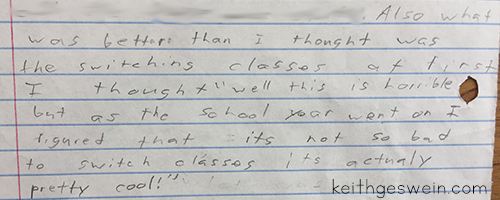
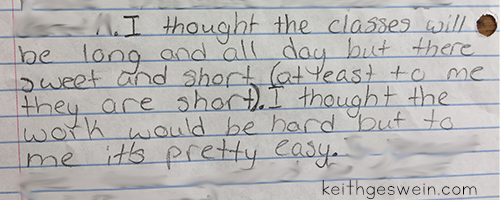

Reason #5: Test scores went up
For people who need to see data to justify departmentalizing, I had a 19% increase in the number of students who passed the science test the first year I departmentalized compared to the year before when I taught all subjects. I also saw a dramatic increase in the number of students who scored at the highest level possible. Reading and math teachers also saw better test scores than the year before. Although my scores dipped slightly in year two, results were still way better than when I taught all subjects.
If you feel like departmentalizing could work for your students and your school, I hope this blog post has given you some motivation to get the ball rolling on doing so. However, there are some challenges that you’ll need to be prepared for. I’ve outlined a few of them in Part Two of this blog post, titled 4 Challenges to Departmentalizing in Upper Elementary.
Unfortunately, research about whether or not departmentalizing increases student achievement is limited, as discussed in this Harvard Education Letter from 2009. I spent quite a while looking up research before we departmentalized and couldn’t find much. I also tried to find some research to include in this blog post and again, I couldn’t find any solid data.
With the lack of research, I’ll use my personal experience to say that I strongly believe in the benefits of departmentalization. During the two years we departmentalized, it helped the teachers as much as the kids at my school.
Regardless of whether or not departmentalizing would work for you, I want to thank you for all that you do for your students every day!
